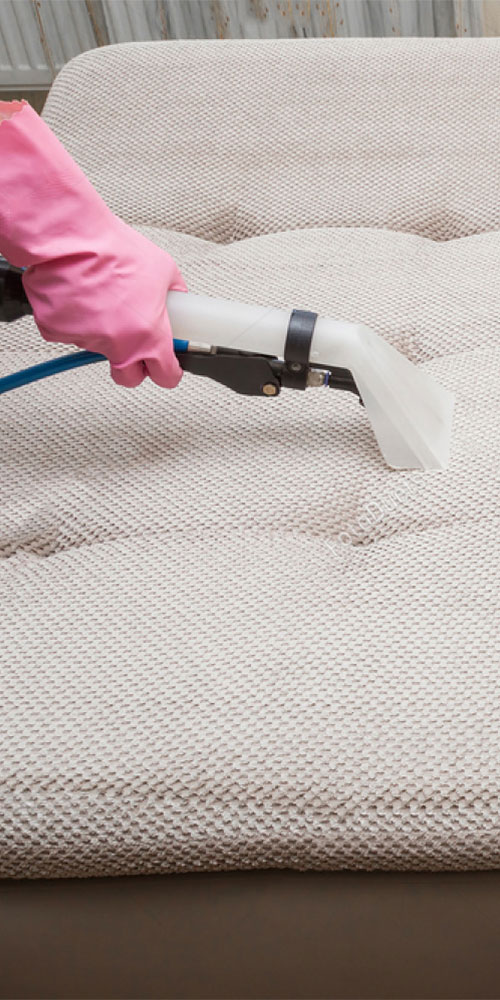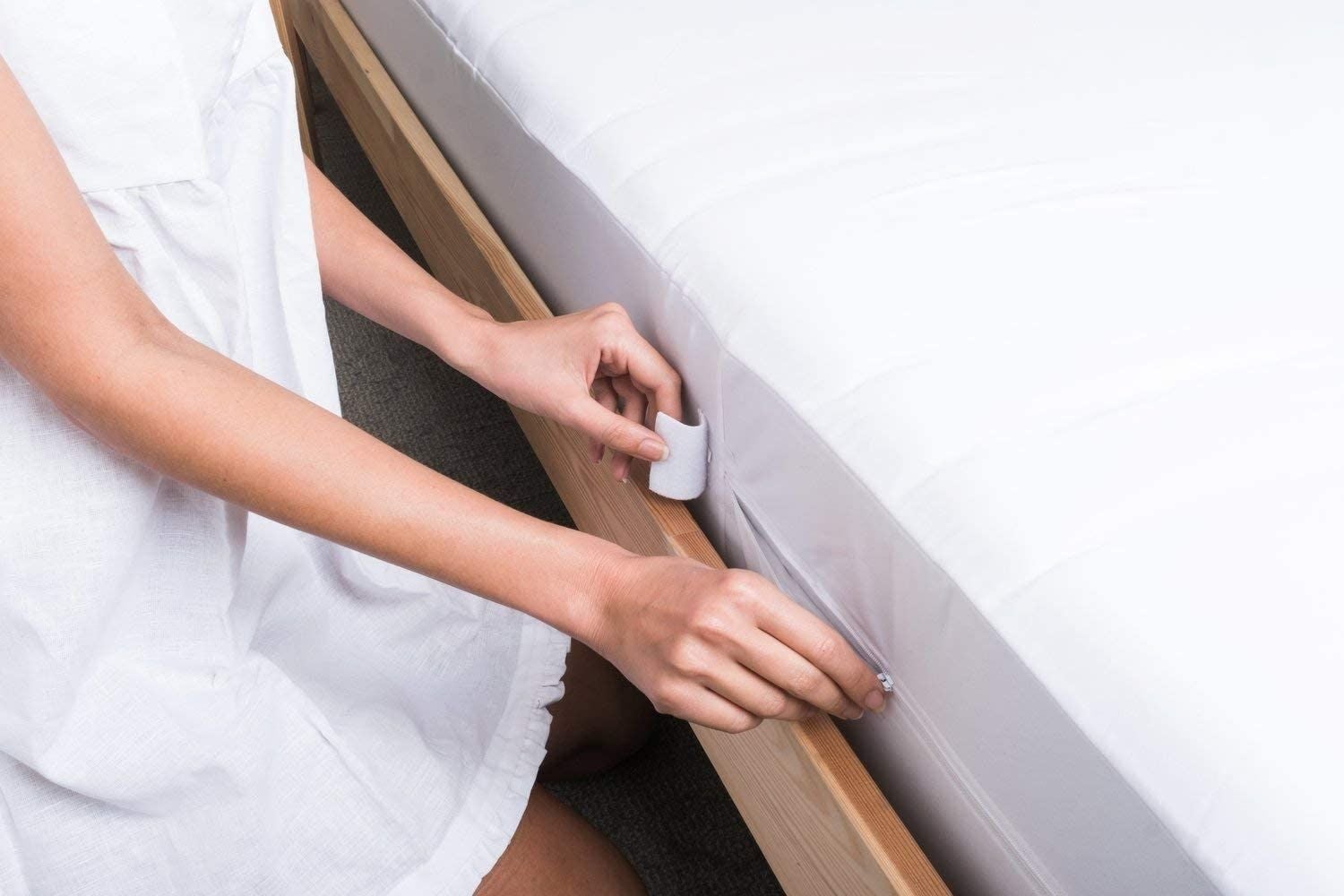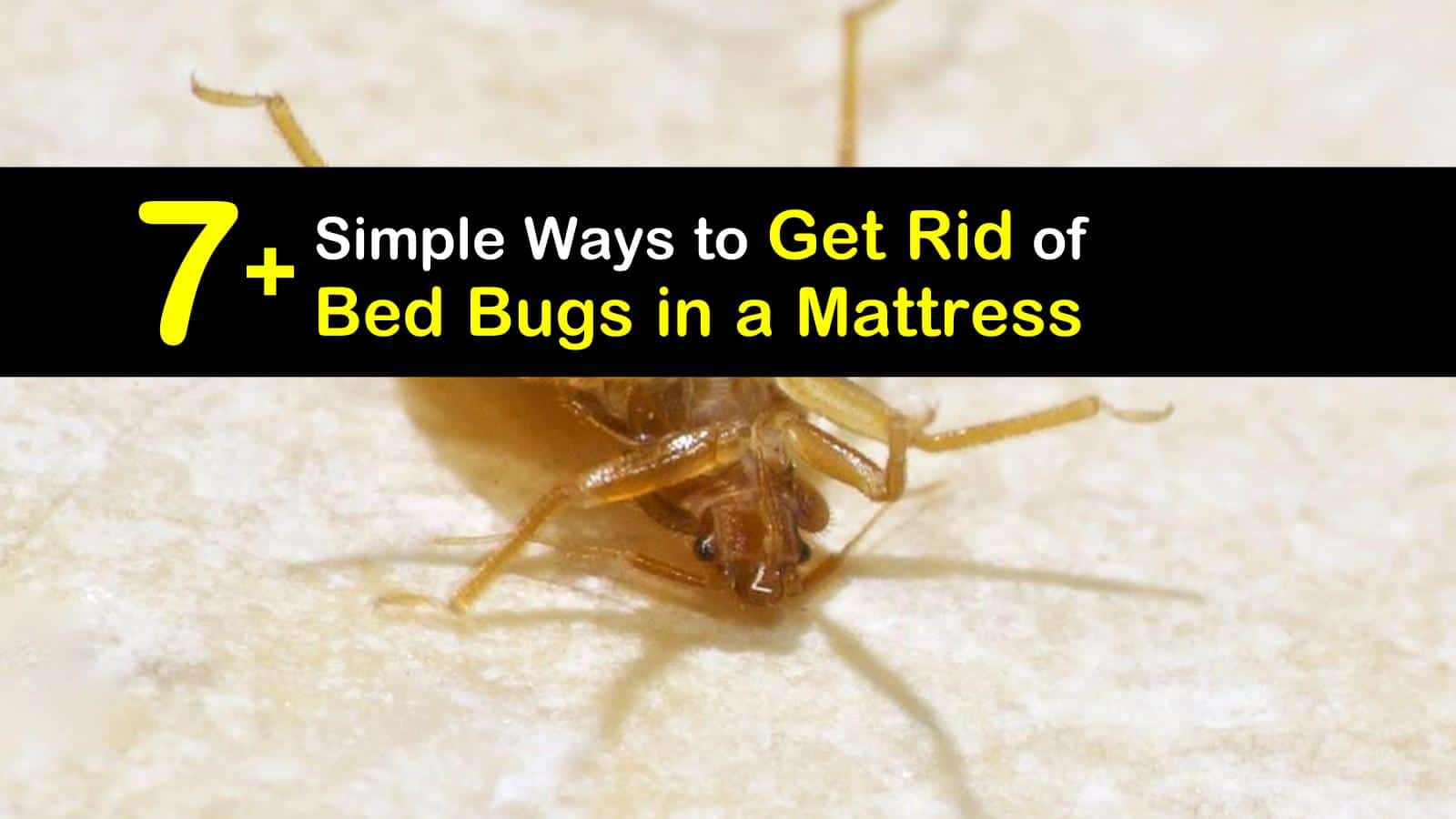How to Clean a Mattress After Bed Bugs
If you've recently dealt with a bed bug infestation, you know how frustrating and difficult it can be to get rid of them. These pesky insects can hide in the tiniest crevices, making it challenging to completely eliminate them from your home. One area that is particularly vulnerable to bed bugs is your mattress. Since this is where you spend a significant amount of time, it's essential to know how to clean your mattress after bed bugs. Follow these steps to ensure your mattress is free of these unwanted pests.
How to Get Rid of Bed Bugs in a Mattress
Before you can clean your mattress, you need to get rid of the bed bugs. This process can be time-consuming, but it's crucial to ensure that the infestation is completely eliminated. Start by vacuuming your entire mattress, paying special attention to the seams, edges, and tufts. This will help remove any live bugs, eggs, or fecal matter. Next, wash all of your bedding in hot water and dry on high heat. You can also use a steamer to kill any remaining bed bugs. Repeat this process several times until you no longer see any signs of bed bugs.
Best Mattress Covers for Bed Bug Protection
One of the best ways to protect your mattress from bed bugs is by using a mattress cover. These covers are designed to encase your entire mattress, creating a barrier between you and any potential bed bugs. When choosing a mattress cover, make sure it is labeled specifically for bed bug protection. It should also be made of a material that bed bugs cannot penetrate, such as tightly woven fabric or plastic. Remember to regularly inspect the cover for any tears or holes, as well as wash it in hot water at least every two weeks.
How to Prevent Bed Bugs in Your Mattress
Prevention is key when it comes to bed bugs. To avoid future infestations in your mattress, there are several steps you can take. First, regularly vacuum your bedroom, paying close attention to the area around your bed. Inspect any secondhand furniture or clothing before bringing them into your home. When traveling, check your luggage and clothing for any signs of bed bugs before returning home. You can also use bed bug traps or repellents around your bed to deter them from coming near your mattress.
Using Heat Treatment to Kill Bed Bugs in a Mattress
Heat treatment is a highly effective method for killing bed bugs in your mattress. This process involves using specialized equipment to raise the temperature in the room to a level that is lethal to bed bugs. It's important to note that this method should only be performed by a professional, as it can be dangerous if not done correctly. Heat treatment can also be costly, but it is a one-time expense that can save you from multiple infestations in the future.
How to Dispose of a Mattress Infested with Bed Bugs
In some cases, a mattress may be too infested with bed bugs to save. If this is the case, it's crucial to dispose of it properly to avoid spreading the infestation. Do not leave the mattress on the curb for someone else to potentially take, as this could spread the bed bugs to others. Instead, wrap the mattress in plastic and clearly label it as infested. Then, dispose of it in a sealed dumpster or take it directly to a landfill.
Natural Remedies for Treating Bed Bugs on a Mattress
If you prefer to use natural methods for treating bed bugs on your mattress, there are several options available. Diatomaceous earth is a non-toxic powder that can be sprinkled on your mattress to dehydrate and kill bed bugs. You can also use essential oils, such as lavender or tea tree, to repel bed bugs. However, keep in mind that these methods may not be as effective as other treatments, and it may take longer to see results.
How to Inspect a Mattress for Bed Bugs
Regularly inspecting your mattress for bed bugs is crucial in preventing an infestation. To thoroughly inspect your mattress, start by stripping all of the bedding and looking for any signs of bed bugs, such as small brown or red stains, shed skins, or live bugs. Next, use a flashlight to inspect the seams, tufts, and edges of the mattress. You can also use a credit card or putty knife to gently scrape along these areas to dislodge any hiding bed bugs.
Professional Mattress Cleaning Services for Bed Bugs
If you want to ensure your mattress is completely free of bed bugs, consider hiring a professional mattress cleaning service. These companies have specialized equipment and techniques to remove all traces of bed bugs from your mattress. They can also provide preventative treatments to keep bed bugs from returning. While this may be a more expensive option, it can give you peace of mind and save you time and effort in the long run.
How to Protect Your New Mattress from Bed Bugs
Once you've successfully eliminated bed bugs from your mattress, you'll want to take steps to protect your new mattress from future infestations. As mentioned earlier, using a bed bug-proof mattress cover is the best way to prevent these pests from getting into your mattress. You can also regularly vacuum and inspect your mattress for any signs of bed bugs. By being proactive, you can keep your new mattress free of these unwanted visitors.
How to Deal with a Mattress After Bed Bugs Infestation

Understanding the Importance of Proper Disposal
 After going through the arduous process of getting rid of bed bugs in your home, the last thing you want to think about is the fate of your mattress. However, it is crucial to properly deal with your mattress after a bed bug infestation in order to prevent a re-infestation and to maintain the overall cleanliness and hygiene of your home. In this article, we will discuss the necessary steps to take when disposing of a mattress after a bed bug infestation, as well as some alternative options for saving your mattress.
After going through the arduous process of getting rid of bed bugs in your home, the last thing you want to think about is the fate of your mattress. However, it is crucial to properly deal with your mattress after a bed bug infestation in order to prevent a re-infestation and to maintain the overall cleanliness and hygiene of your home. In this article, we will discuss the necessary steps to take when disposing of a mattress after a bed bug infestation, as well as some alternative options for saving your mattress.
Why You Shouldn't Keep Your Mattress
 One of the most common misconceptions about bed bugs is that they only live in dirty or unsanitary environments. However, this is not true. Bed bugs can infest any home, regardless of cleanliness. When a mattress becomes infested with bed bugs, they can easily burrow deep into the fabric and hide in the seams, making it nearly impossible to completely get rid of them. Keeping a mattress after a bed bug infestation can lead to a re-infestation and can also pose health risks to you and your family.
One of the most common misconceptions about bed bugs is that they only live in dirty or unsanitary environments. However, this is not true. Bed bugs can infest any home, regardless of cleanliness. When a mattress becomes infested with bed bugs, they can easily burrow deep into the fabric and hide in the seams, making it nearly impossible to completely get rid of them. Keeping a mattress after a bed bug infestation can lead to a re-infestation and can also pose health risks to you and your family.
Proper Disposal of Your Mattress
 The first step in disposing of your mattress is to wrap it in plastic or a mattress disposal bag. This will prevent any remaining bed bugs from escaping and infesting other areas of your home. Next, you should mark the mattress as "infested" to prevent someone else from unknowingly taking it and introducing bed bugs into their home. Most cities have specific guidelines for disposing of infested items, so be sure to research and follow the proper procedures for your area.
The first step in disposing of your mattress is to wrap it in plastic or a mattress disposal bag. This will prevent any remaining bed bugs from escaping and infesting other areas of your home. Next, you should mark the mattress as "infested" to prevent someone else from unknowingly taking it and introducing bed bugs into their home. Most cities have specific guidelines for disposing of infested items, so be sure to research and follow the proper procedures for your area.
Alternative Options
 If you are not ready to part with your mattress, there are some alternative options for salvaging it. One option is to have it professionally treated by a pest control company. They will use specialized techniques to eliminate the bed bugs and their eggs, making the mattress safe to use again. Another option is to encase your mattress in a bed bug proof cover, which will prevent any remaining bed bugs from escaping and also make it easier to detect and eliminate any future infestations.
Dealing with a mattress after a bed bug infestation can be a daunting task, but it is crucial for maintaining a clean and healthy home. Remember to properly dispose of your mattress to prevent a re-infestation, and consider alternative options if you are not ready to part with it. By following these steps, you can ensure that your home remains bed bug-free and your family stays safe and comfortable.
If you are not ready to part with your mattress, there are some alternative options for salvaging it. One option is to have it professionally treated by a pest control company. They will use specialized techniques to eliminate the bed bugs and their eggs, making the mattress safe to use again. Another option is to encase your mattress in a bed bug proof cover, which will prevent any remaining bed bugs from escaping and also make it easier to detect and eliminate any future infestations.
Dealing with a mattress after a bed bug infestation can be a daunting task, but it is crucial for maintaining a clean and healthy home. Remember to properly dispose of your mattress to prevent a re-infestation, and consider alternative options if you are not ready to part with it. By following these steps, you can ensure that your home remains bed bug-free and your family stays safe and comfortable.



















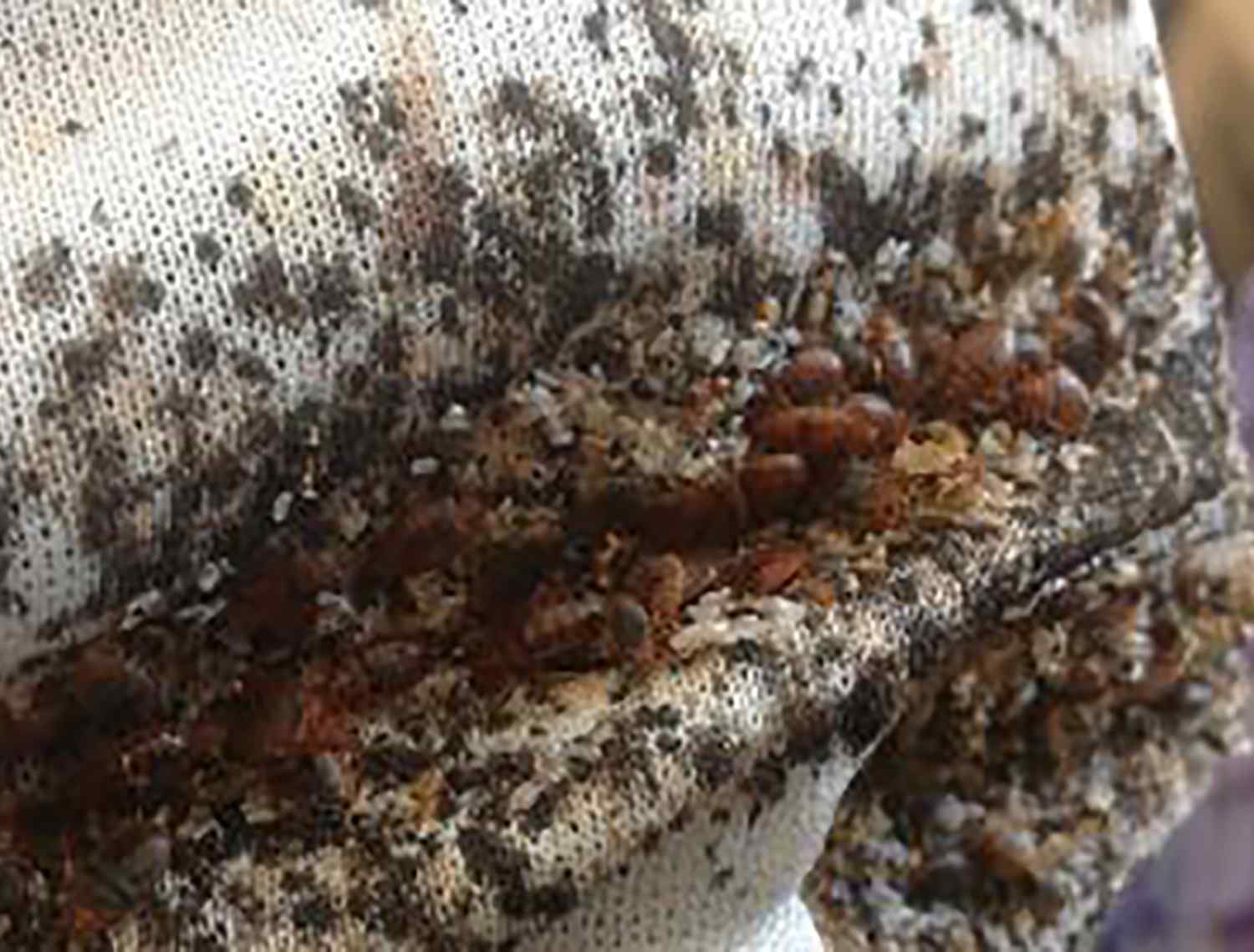




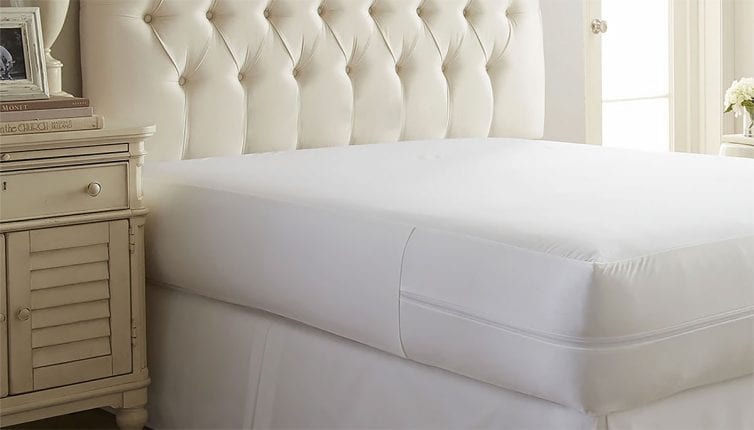




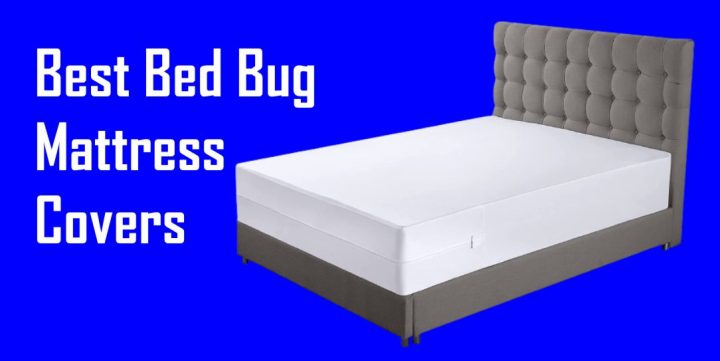







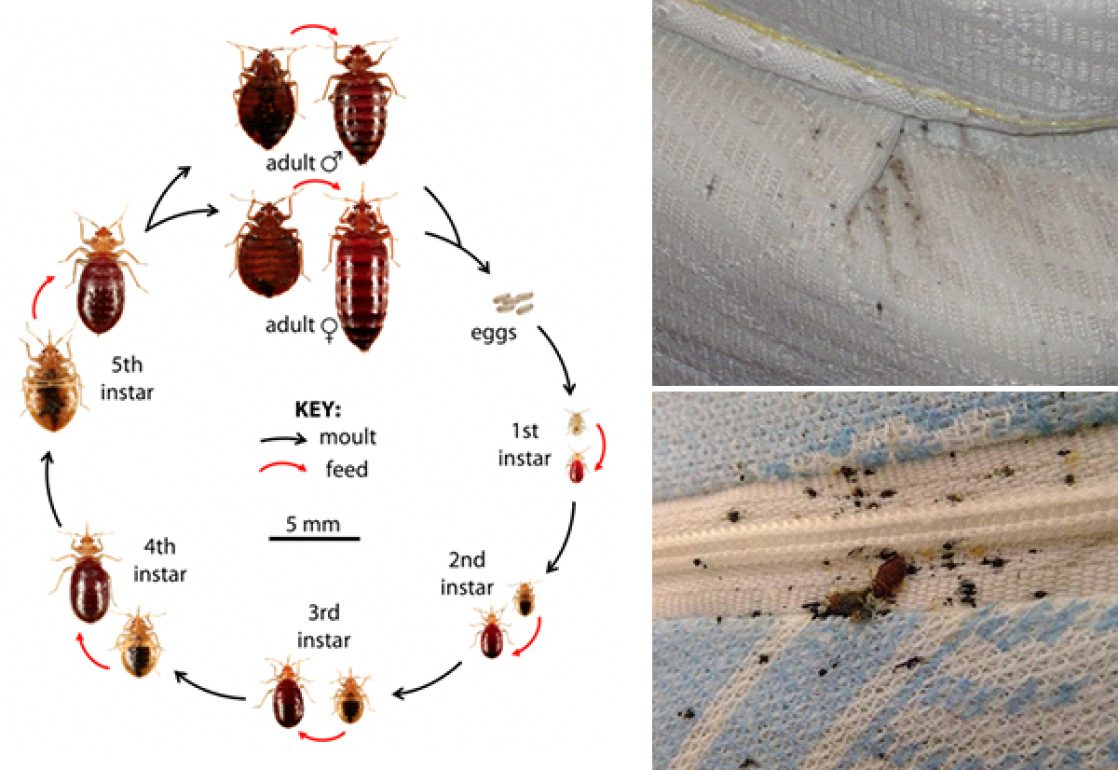












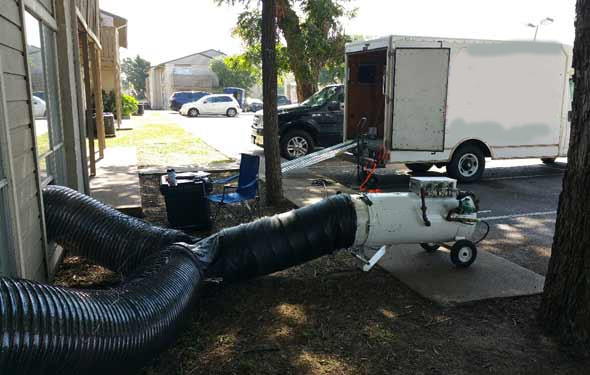



































.jpg)
